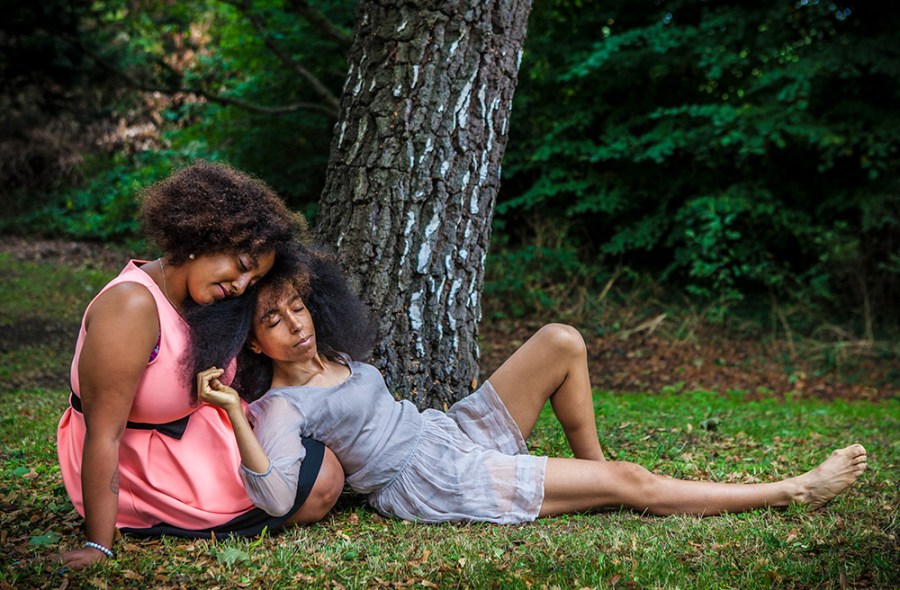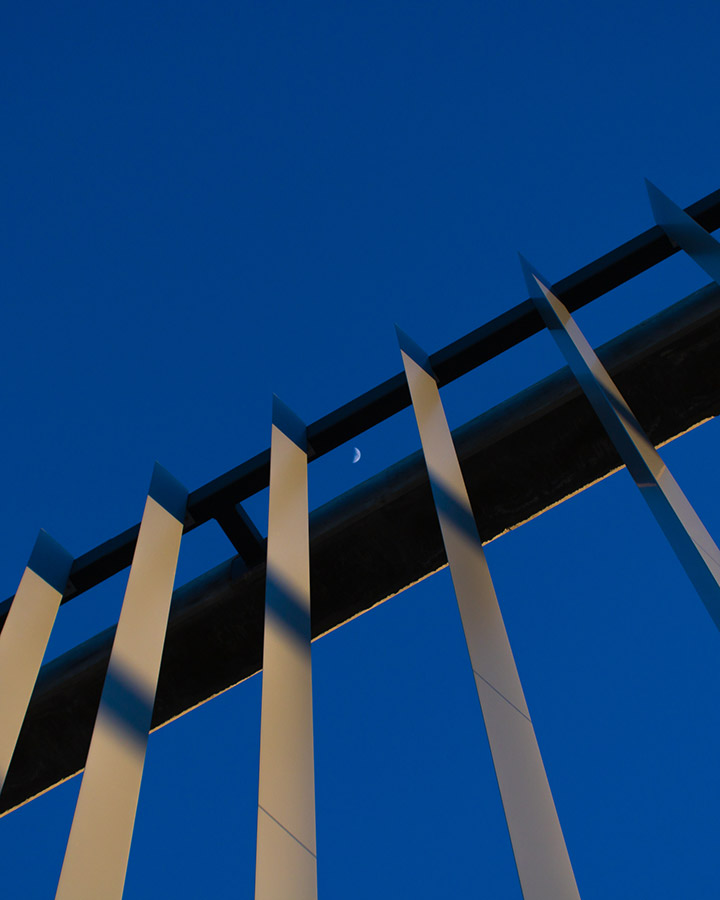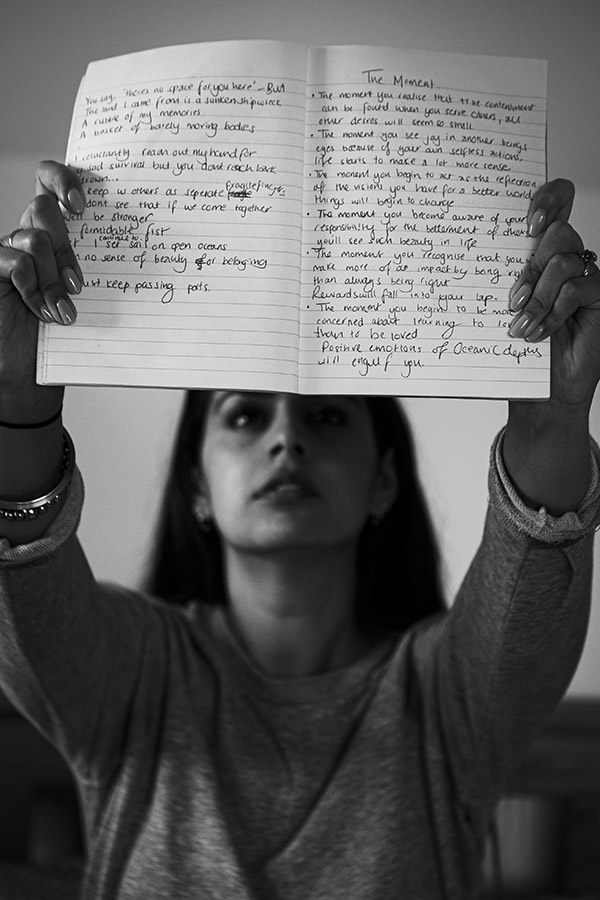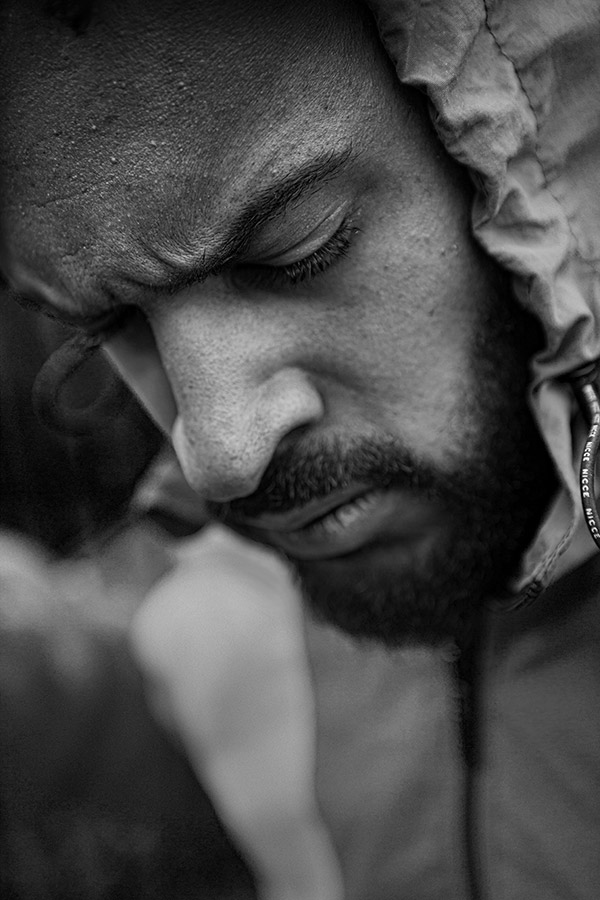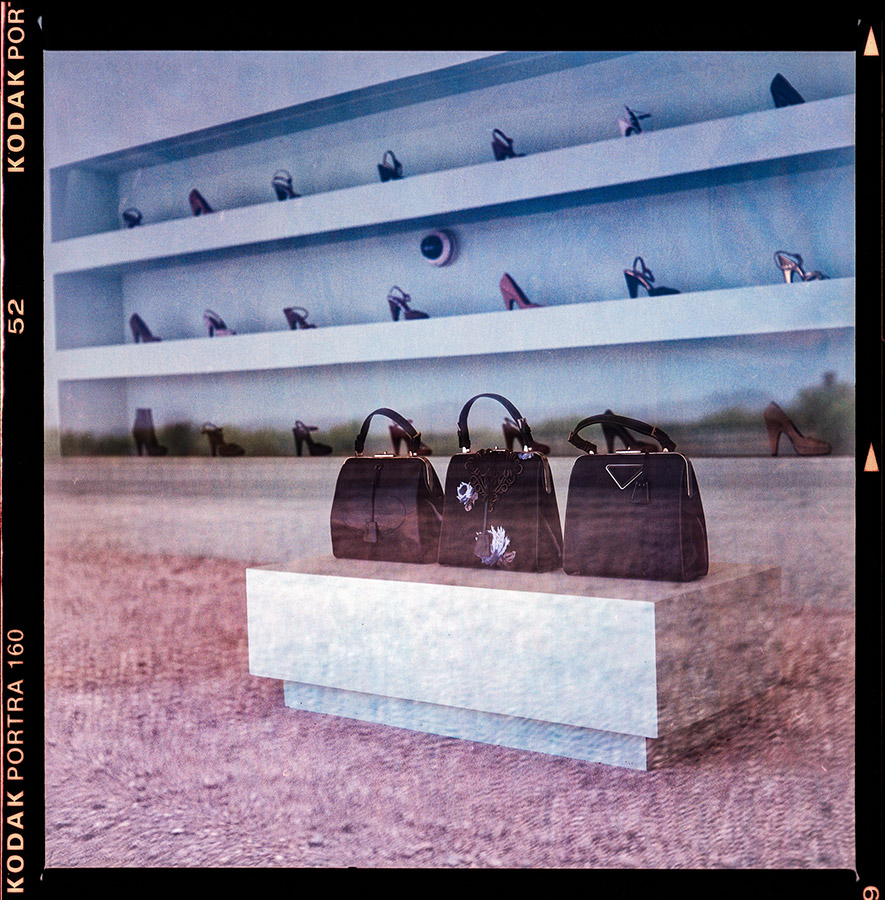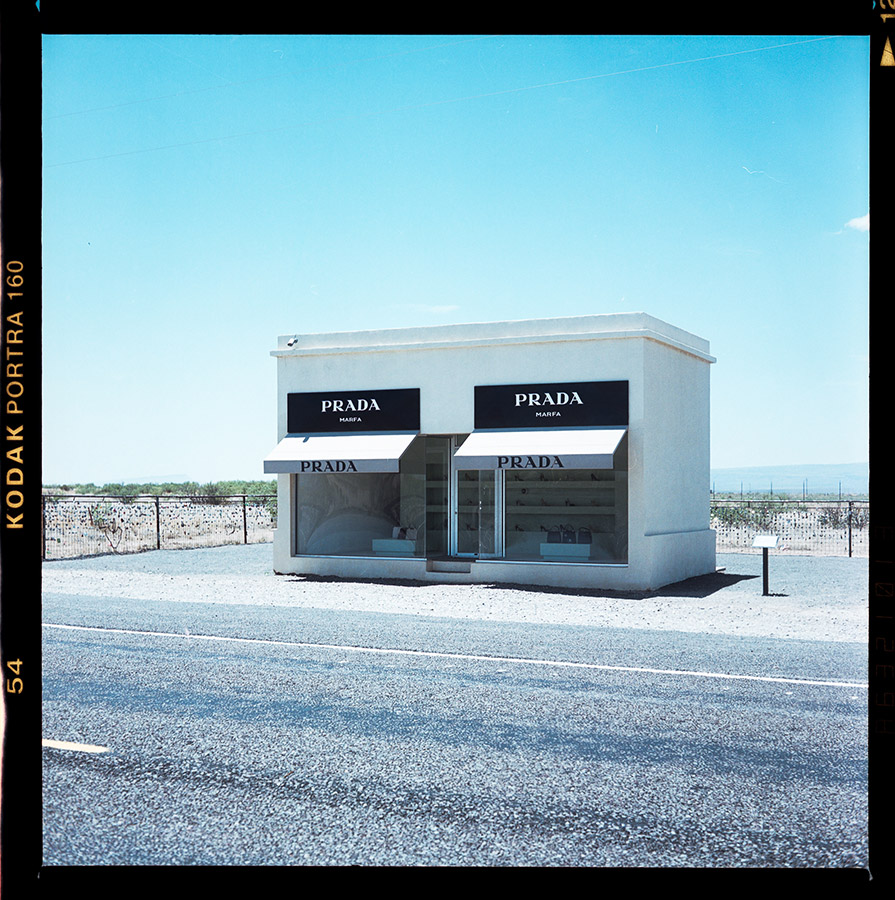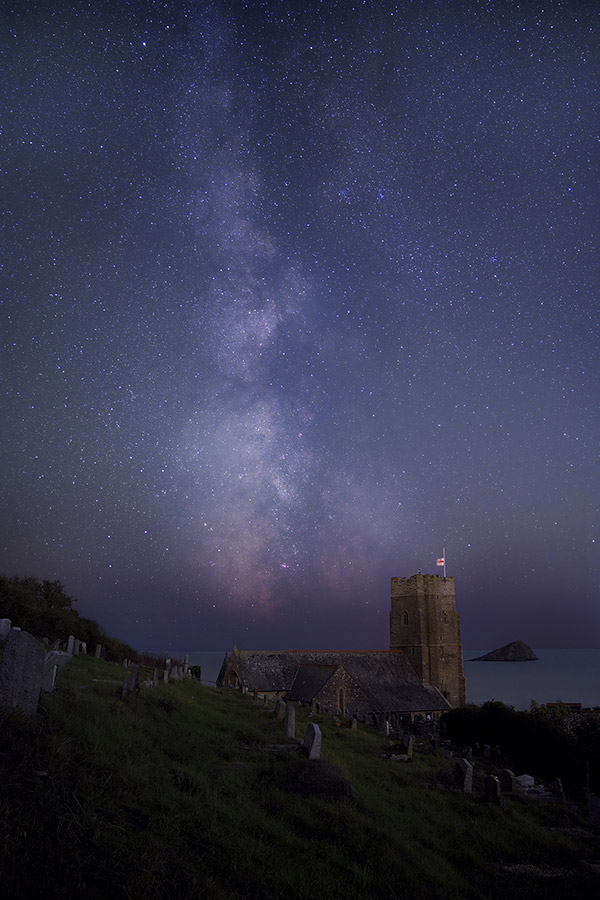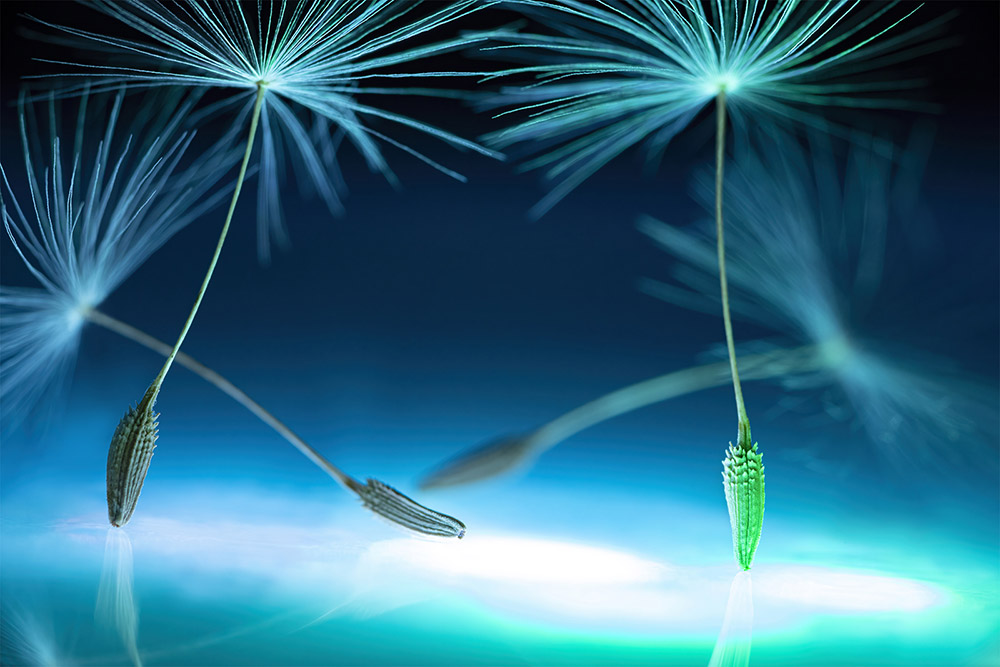10th October marks World Mental Health Day. At AP we are aware of how powerful photography is for improving mental well-being. The fact that more and more people are happy to discuss how photography has helped them is truly an inspiration and welcomed as help to others.
Following a call-out on social media, photographers have shared their stories and some of their images below. These case studies here are certainly not the last word on the subject, however, so do keep sharing your personal experiences of the many benefits of photography on our social media pages. You can also keep sending your stories in to [email protected].
Tyler Fields
I’m a photographer, born and raised in mid-city Los Angeles.
In a world full of chaos and anarchy, I’ve been able to open a door to a dimension that I can call my own. The world of photography is my imperfectly, perfect oasis. It helps me see things in an illuminated light, that others wouldn’t simply even notice.
On days when I’m down and out, I don’t feel like doing anything, like I have no more energy to do anything, those are the days when I create works of art. I force myself to get up and out the door, and once I arrive on the scene, it’s as if this light switch comes on where I can just soar through other people’s lives and see their story.
It reminds me that I’m not alone and everyone else is the same. Others are just as imperfect as me, and trying to make the best of their situation for the time being. And that’s all that matters, capturing a scene with the power of my hands at that moment.
Knowing that I can create a story from beginning to end, makes me feel limitless. I realize that there are beautiful seconds, minutes, and hours of serenity in every pocket of the city. I force myself to go out and find it. Photography gives me a will to explore! And deep inside, I am incredibly creative, just as anyone else.
I self-taught myself for about two years, before taking on professional education in photography. The best part about it, is that it’s a never-ending process, and it’s a stress reliever for me.
Sharing my work with others, brings me the greatest joy, knowing that after putting in a lot of work and effort, others appreciate my vision. Many times, we share the same vision. And that’s what it’s all about for me, bringing to life what others see and feel just as I do.
I released a fireball of insight, ingenuity, and imagination, that I didn’t know was inside me, until I picked up my first camera. Photography is my way of life, and I don’t know what I’d do without it. To anyone else out there who may be struggling, you’d be surprised at how photography alleviates so many things.
I challenge you to pick up any camera and start making a lifetime of memories! All in all, my camera is one of my best friends. It’s always there, it’s reliable, and it listens to my perception.
Mala Vadgama
I’m a female photographer based in London.
When I struggled with anxiety and depression, photographing people who also went through various types of mental health struggles really helped me to feel less alone. I started a self-funded project to help others like me be seen and tell their stories.
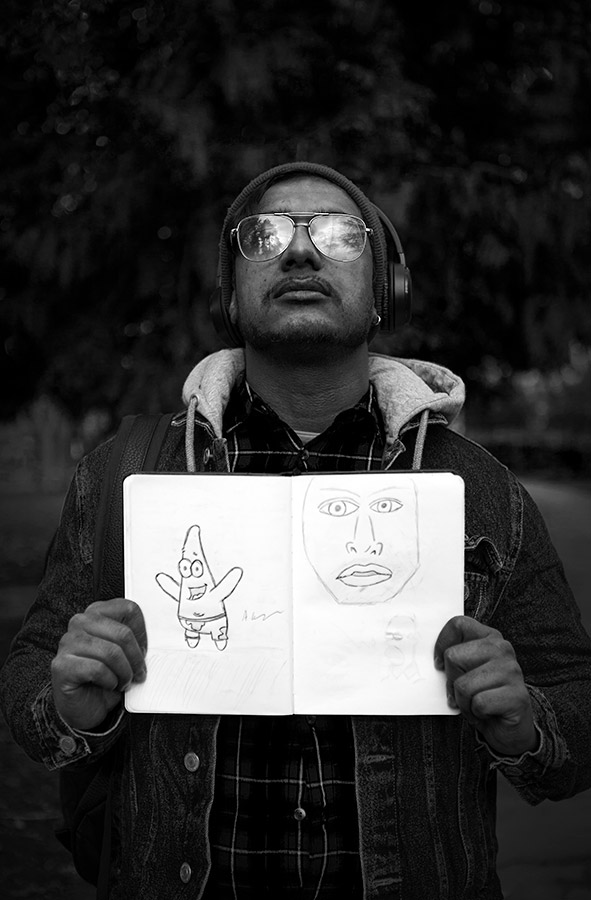
– Arun holding one of his note books, representing the eyes of his inner child versus his current vision. Image: Mala Vadgama
‘Your Mental Health Story’ began in 2016 as I struggled to find or see visual accounts of people who had similar experiences to my own with mental health and loss. The project is a collection of images, stories, poems and written accounts from various people, with a focus on Black, Asian & Minority groups, about their mental health experiences, struggles or illnesses.
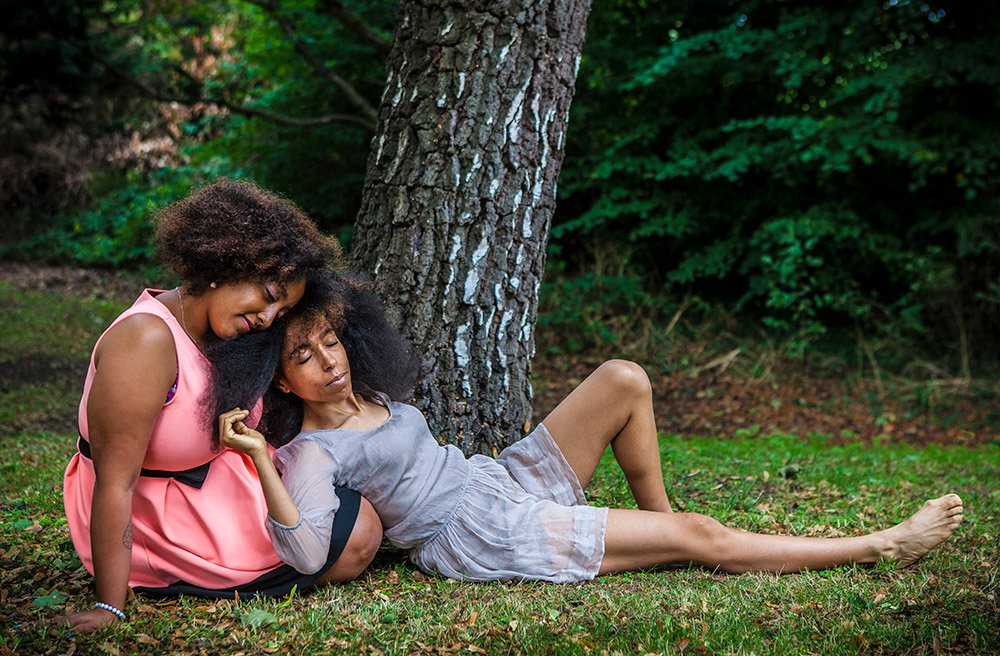
Friends who both have faced struggles with their mental health supporting each other in nature.
Image: Mala Vadgama
The project is continuous and shares stories in a visual way to help break the stigma attached to mental health struggles. Each person’s images and stories are different and unique to what they wanted to express.
Not seeing many people of colour (for want of a better word) speak about mental health in the mainstream media, prompted me to start a project to help change the stigma around it.
John Harvell
I started photography because of my Post Traumatic Stress Disorder from Combat in Iraq. I was deployed January 2004 to February 2005. PTSD started to consume my mind in 2007 and I was diagnosed with Traumatic Brain Injury.
I tried to deal with it for nearly a decade till I woke up one day in 2018 and decided I wanted to do photography. Starting with a digital camera, I enrolled into a college to start learning about lighting, composition, and color theory. I didn’t graduate, but I almost have my degree in fine art.
PTSD fueled my Over Compulsive Disorder and made my mind go into overdrive on learning. I informed my doctors, and they told me the injuries has released a creative side in my mind. I never picked up a camera before 2018, or even like photography or anything to do with art.
Last year I started to learn how to develop film and really like the look of it. I love the hands-on approach and the technical side of it. My mind was filled with torment and through photography I’m able to replace the decaying of my mind with beauty.
Tracey Hodges
I’m a single parent to a boy who is autistic. I’ve had a camera for many years that I used to point and shoot but didn’t use that much. Last year I turned 50 and my goal was to learn how to use my camera. Boy, I didn’t know what I had let myself in for.
The day I switched that dial from Auto to Manual was actually quite scary, but I haven’t looked back. The photos I took were ok and I did enjoy giving it a go. Then I discovered astrophotography, and it blew my mind. How on earth could you get such photographs? So, I researched and discovered you can get milky way photos with a camera with kit lens and a tripod. My journey began.
It’s a really tricky thing to do as you need to do your research before you even step out your door. Is the moon out, is it cloudy or windy? Which direction will it be in? What time will it be best to take the photo? Then when you think you’re ready, you set off.
You get there you set up, you work out your focus, settings, what foreground you want, and you start. Hours can be spent just taking foreground shots of a lovely church with the beautiful still sea behind and move on to shoot the milky way and along comes a ferry and sits in shot for hours and ruins it all. Then you dust yourself off and come back another night with a ferry timetable and start again. It was on a night under the stars when I realised how calming it was to just look up and wonder at just what is out there.
People are amazed that you can see the milky way with the naked eye, the first time I saw it was incredible. Just looking up helps me to feel grounded and all my stresses just fade away when I think about what is out there: galaxies, black holes, comets, supernovas, nebulae, planets, moons, satellites and then you see the international space station pass over.
There is a beautiful silence when you’re out at night in the dark with little wind, no cars and people. I wouldn’t want to be anywhere else. The best is to lay on the grass looking up and waiting to see shooting stars. Most nights you will see one and if you’re lucky you may see many. Mental health is a precious thing and with the modern world putting a strain on our mental health it’s good to have something that can help to keep you well. If I can sleep, I either think about looking into space or what do I want to photograph next.
When I can’t get out, I set up something at home like a macro photo of dandelion seeds or some light painting with sparklers and a light bulb.
It’s really important to find something for you to help you switch off from the world and live on your own space for a short time to keep your mental well-being good.
Inspired by these World Mental Health Day stories? Share yours on Twitter and Instagram @ap_magazine, Facebook, or drop us an email [email protected]
Read more stories here:
How photography boosts your mental health: real-life stories
Theodora Ford on Photography, Mental Health and Project365
Photography and mental health: Kerry’s story
Photography and mental health: Matthew’s story
Further reading:
How portrait photography can help your mental health
How to find joy and inspiration in photography

